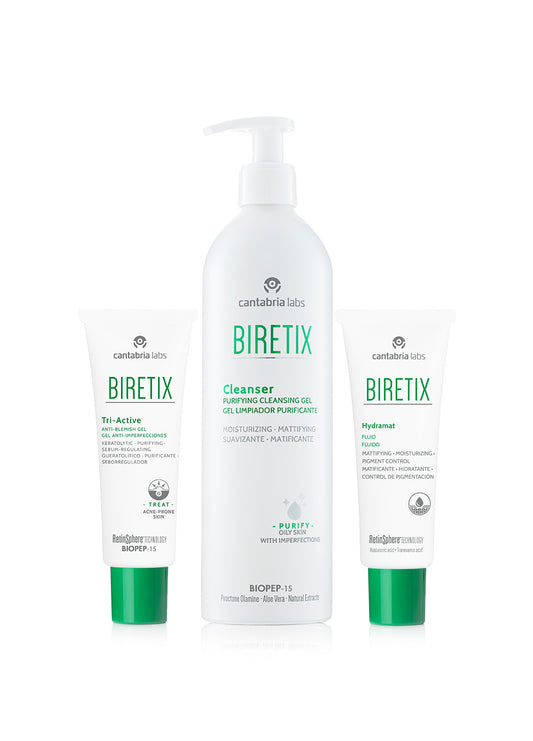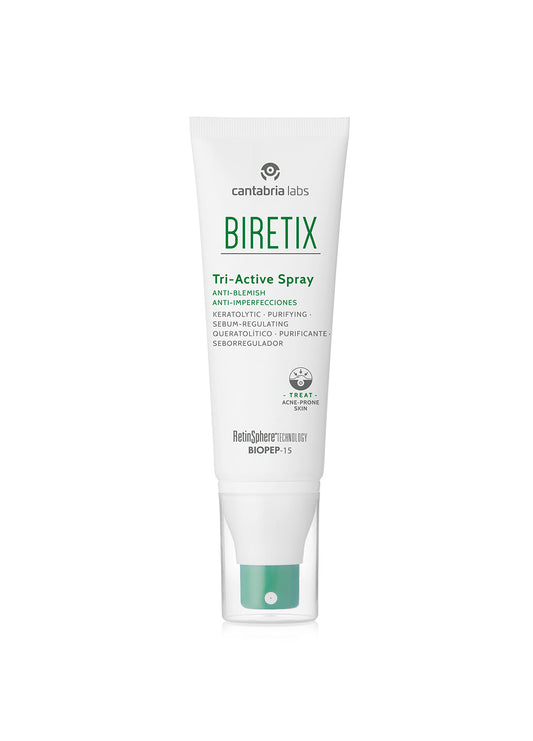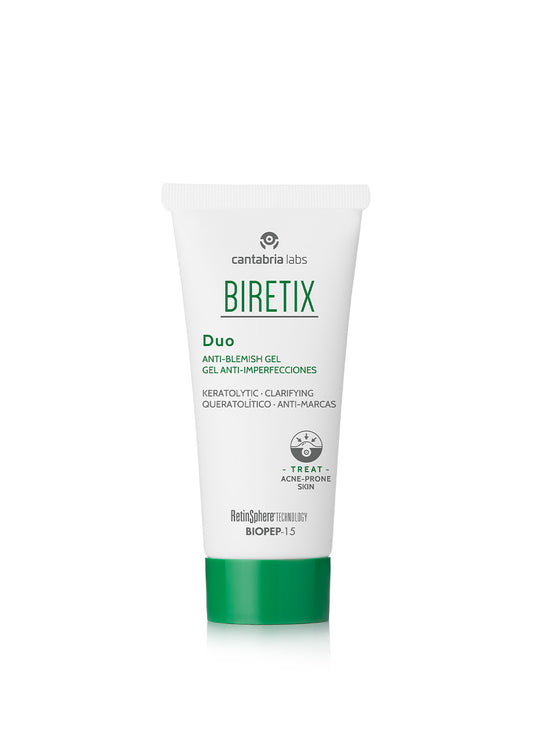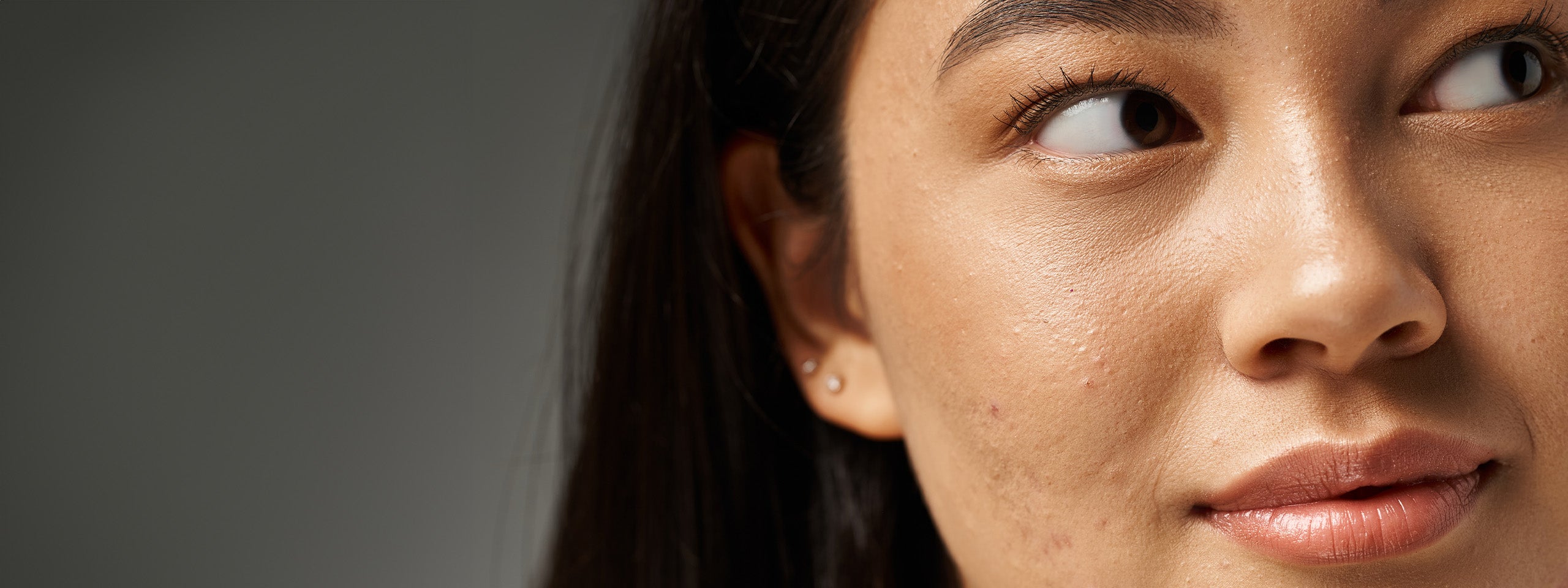
Spot/Acne Prone Skin
Acne is a common skin condition, but it can be challenging to manage. Find out more about the triggers and treatments, including our range of formulations, which target the underlying causes of acne and nourish sensitive, spot-prone skin.
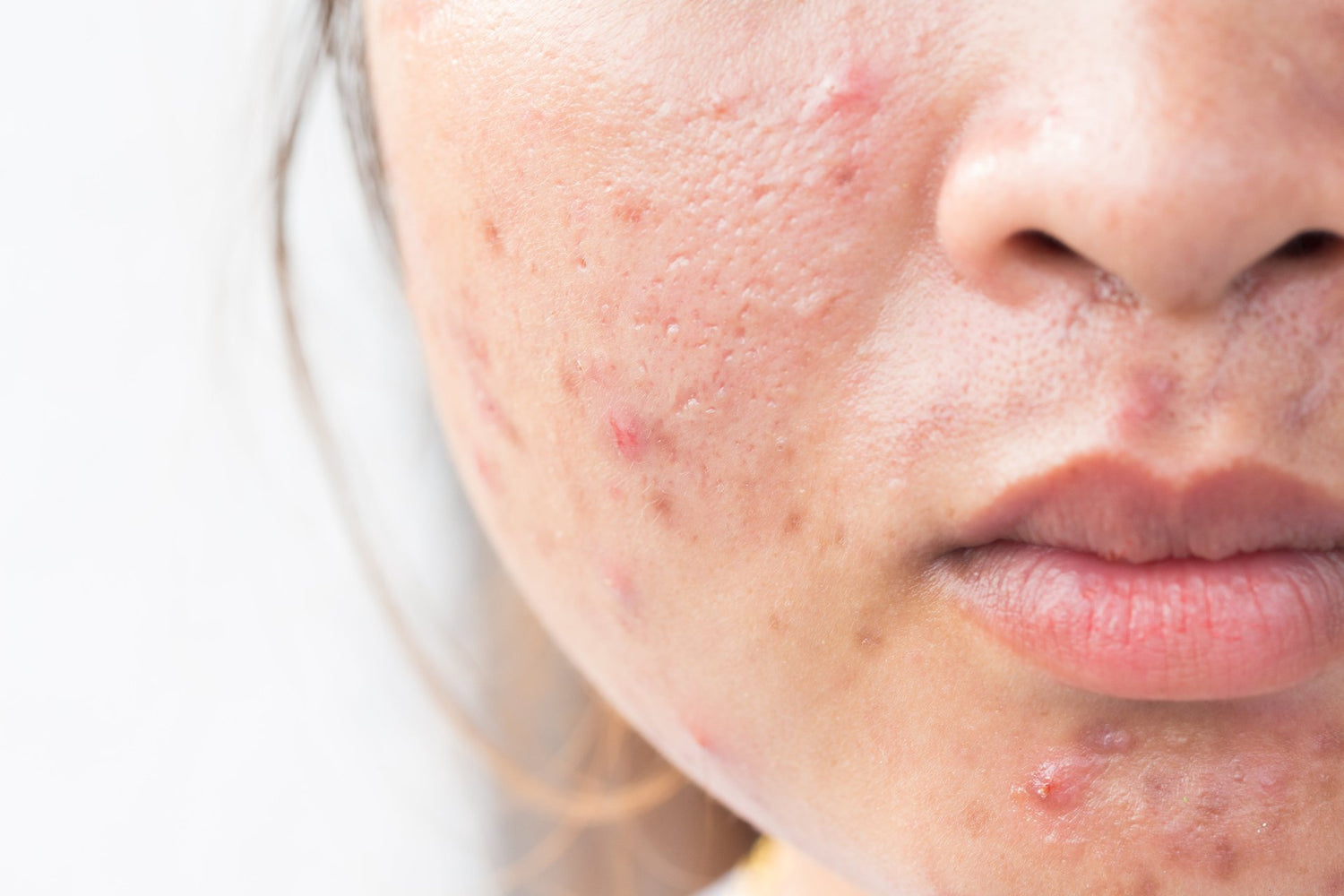
What is acne?
Acne is caused by overactive sebaceous glands that produce too much oil. It mainly affects areas of the skin with a high concentration of oil glands, including the face, chest, back and shoulders. Common symptoms include a shiny complexion, enlarged pores, breakouts, redness and scarring.
Understanding acne-prone skin
-

What causes acne?
Acne is caused by overactive oil glands producing too much sebum. This excess oil mixes with dead skin cells, clogging the pores. Here, bacteria thrive, which leads to infection and inflammation. If the clogged pore is close to the surface of the skin, it bulges out as a whitehead. If the skin over the spot opens, oxidisation turns it into a blackhead. Deeper congestion will manifest as a painful cyst.
-

Who is affected?
Acne is most common amongst teenagers and young adults, but it can affect people of all ages. Symptoms range from mild to severe. Hormones play a big role in the development of acne, which is why puberty and pregnancy are often triggers. External factors, such as diet, medications, pollution and skincare, may aggravate symptoms. A family history of acne will also increase the likelihood of developing acne.
-

How to manage acne
Acne can be difficult to treat. A combination of targeted skincare, professional treatments and lifestyle changes can help to manage its symptoms. Skincare recommendations include regular gentle cleansing, applying a lightweight moisturiser, wearing SPF every day and incorporating oil-controlling ingredients such as retinoids, niacinamide and zinc, as well as antioxidants to boost skin health.
Treating different types of acne
Acne doesn’t look the same for everyone, so why should it be treated the same way? At Cantabria Labs, we understand that adult acne and blemish prone skin is complex. That’s why our advanced formulas are designed to treat different types of presenting acne with clinically proven results you can see and feel, while also caring for long-term skin health.

Treating late-onset & relapsing acne
For individuals experiencing acne later in life, or seeing flare-ups return after a period of remission, BIRETIX Double Correction Serum provides dual-action care.
Clinically proven to show visible results in just 14 days1, it reduces blemishes, regulates excess oil, minimises pores and smooths fine lines while progressively improving tone, texture, and luminosity with continued use. The advanced formula not only tackles breakouts but also strengthens the skin barrier and addresses early signs of ageing, making it uniquely suited to the needs of adult acne sufferers.
Experience dermatologist-approved care for adult acne-prone skin with the BIRETIX Regime for Adult Acne-Prone Skin.

Treating adolescent or persistent acne
For those whose acne began in adolescence and continues into adulthood, BIRETIX Tri-Active Anti-Blemish Gel offers triple-action daily care.
Clinically proven to deliver up to 76% fewer blemishes in just 28 days2, it exfoliates clogged pores, controls excess sebum, reduces redness, and prevents new imperfections from forming. With RetinSphere® Technology, BIOPEP-15, glycolic acid, salicylic acid, and niacinamide, Tri-Active provides an effective yet tolerable solution that restores clarity and comfort to persistent acne-prone skin.
Discover the BIRETIX Regime for Adolescent/Persistent Acne-Prone Skin.
Technologies & ingredients to effectively treat acne-prone skin
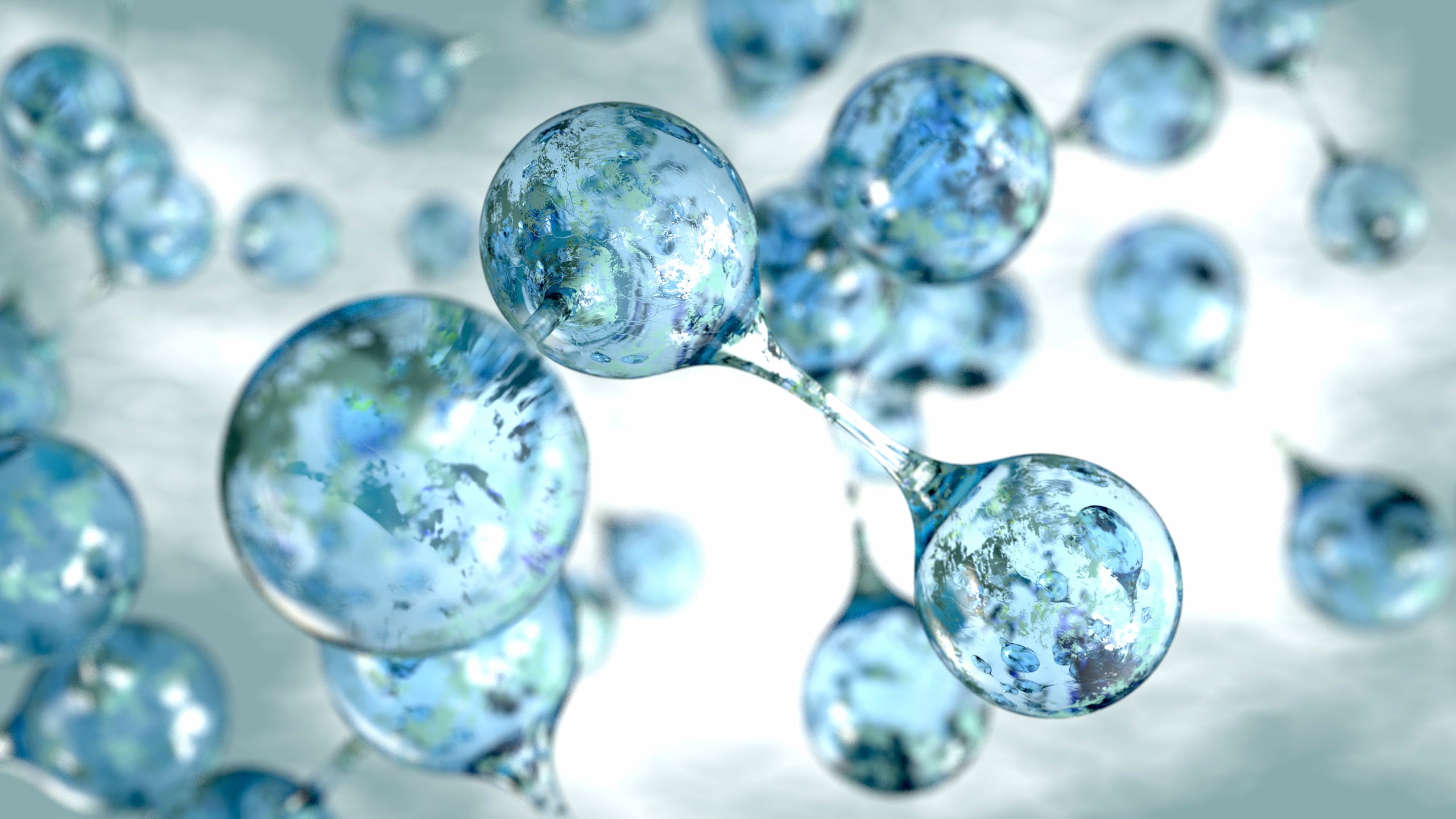
RetinSphere® Technology
An innovative technology that offers retinol like no other, with a dual-delivery system of two powerful, high-tolerance retinoids, providing sustained and immediate release for maximum efficacy and minimal irritation.
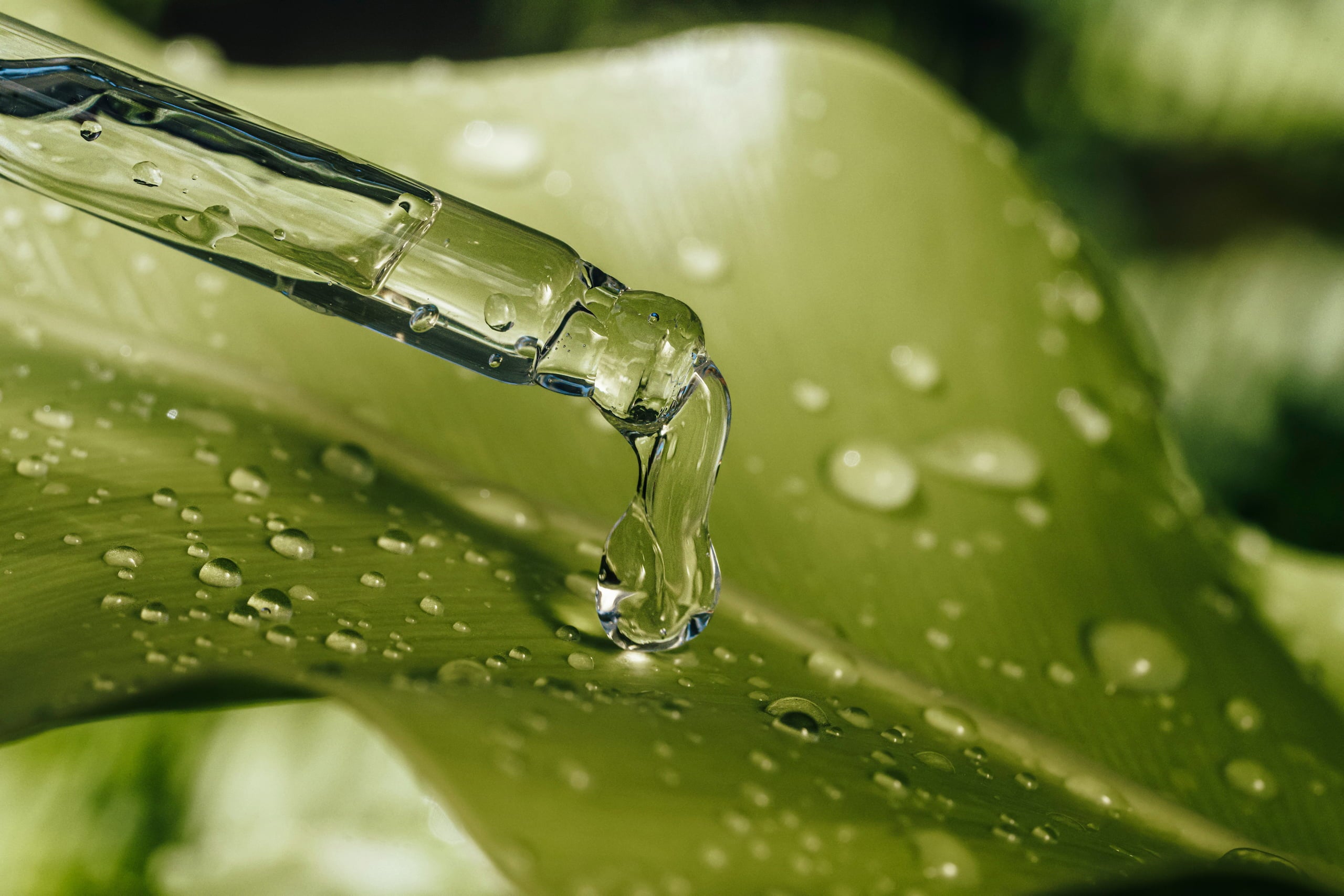
BIOPEP-15
An incredible botanical-derived technology that fights against the main acne-causing bacteria Cutibacterium acnes and helps to reduce inflammation.
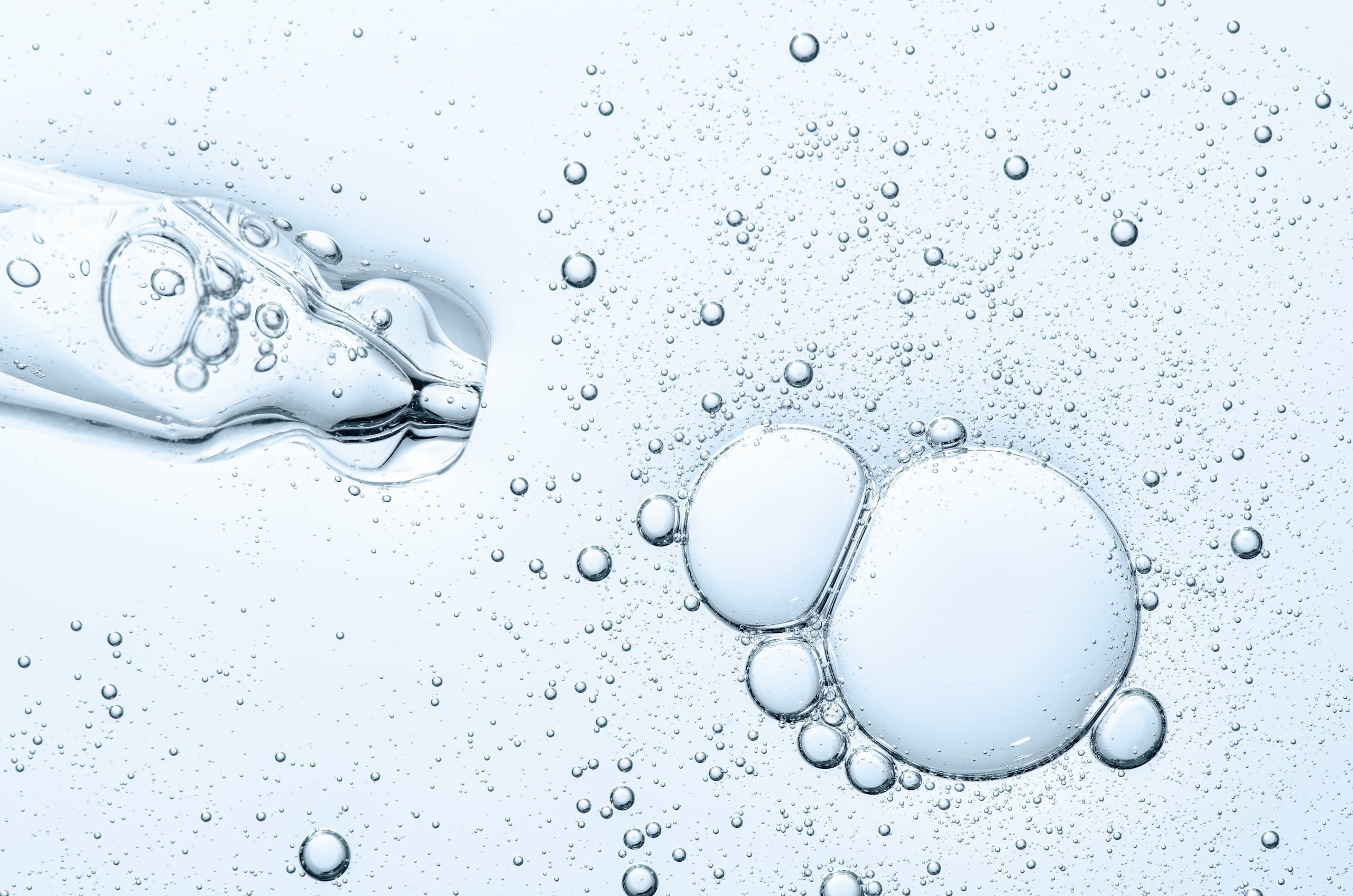
Glycolic Acid
An exfoliating alpha hydroxy acid (AHA) that increases skin cell turnover, helping to normalise blocked pores to soften and improve skin texture.

Salicylic Acid
A powerful beta hydroxy acid (BHA) that encourages the shedding of dead skin cells, reduces inflammation and redness and speeds up the healing of existing blemishes.
Find the right acne products for your skin
-
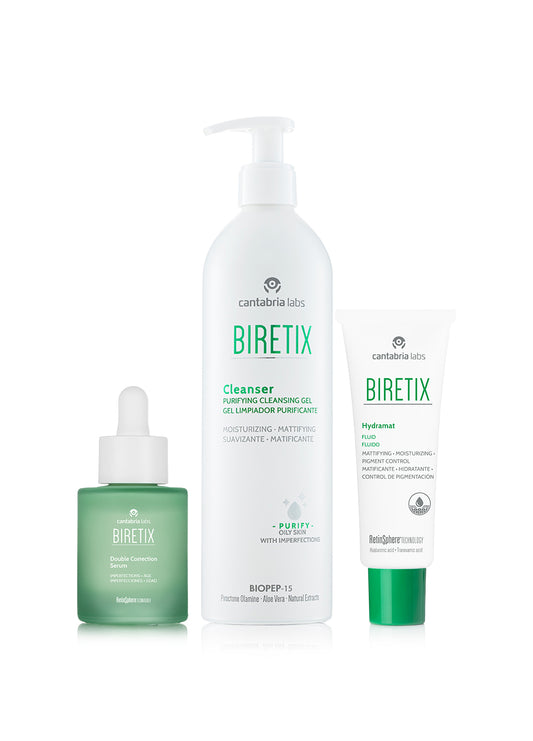 BIRETIX Regime for Adult Acne-Prone SkinA dermatologist-recommended 3-step regime for adult acne-prone skin.Regular price From £55.00Regular priceUnit price / per
BIRETIX Regime for Adult Acne-Prone SkinA dermatologist-recommended 3-step regime for adult acne-prone skin.Regular price From £55.00Regular priceUnit price / per£93.00Sale price From £55.00Save -
BIRETIX Double Correction SerumClinically proven dual-action serum for adult, acne-prone skin.Regular price £40.00Regular priceUnit price / per
-
BIRETIX Regime for Adolescent or Persistent Acne-Prone SkinA dermatologist-developed 3-step regime for adolescent or persistent acne.Regular price From £49.99Regular priceUnit price / per
£84.00Sale price From £49.99Save -
BIRETIX Tri-Active Anti-Blemish GelTriple-action care for acne-prone skin to reduce blemishes and imperfectionsRegular price £31.00Regular priceUnit price / per
-
BIRETIX Hydramat FluidMoisturising fluid to hydrate, regulate oil, and lighten pigmentation.Regular price £26.00Regular priceUnit price / per
-
BIRETIX CleanserGentle, deep-cleansing formula that reduces oil and bacteria.Regular price From £20.00Regular priceUnit price / per
-
BIRETIX Tri-Active SprayFast-absorbing body spray to reduce imperfections and oiliness.Regular price £32.00Regular priceUnit price / per
-
BIRETIX Duo Anti-Blemish GelAnti-blemish gel with RetinSphere Technology and salicylic acid.Regular price £28.00Regular priceUnit price / per
Related articles
-

What type of acne do I have? A guide to mild, moderate and severe acne
Understanding the different types of acne is essential for discovering the right course of treatment and whether you should seek professional help.
-

Second puberty? Why adult acne happens & how to treat it
The resurgence of breakouts can be frustrating, especially for those who thought they had left teenage spots in the past.
-

The emotional impact of acne: What nobody talks about (but everyone feels)
Acne is often considered a surface issue. But for many people, the impact of acne runs deeper, taking a huge toll on mental health and quality of life.
Collapsible content
References
- Data on file. CRO Complife, Italy 2024. Clinical-Instrumental evaluation of the efficacy and tolerability of a cosmetic treatment in subjects with acne prone skin; 20 female subjects with mild to moderate acne symptoms applied Biretix Double Correction Serum twice daily for 42 days - results tested at baseline (T0) and after 14 (T14), 28 (T28) and 42 days (T42).
- Data on file.
Get 10% off your first order
Join the Cantabria Labs community for exclusive offers, expert advice and skincare guides direct to your inbox.






